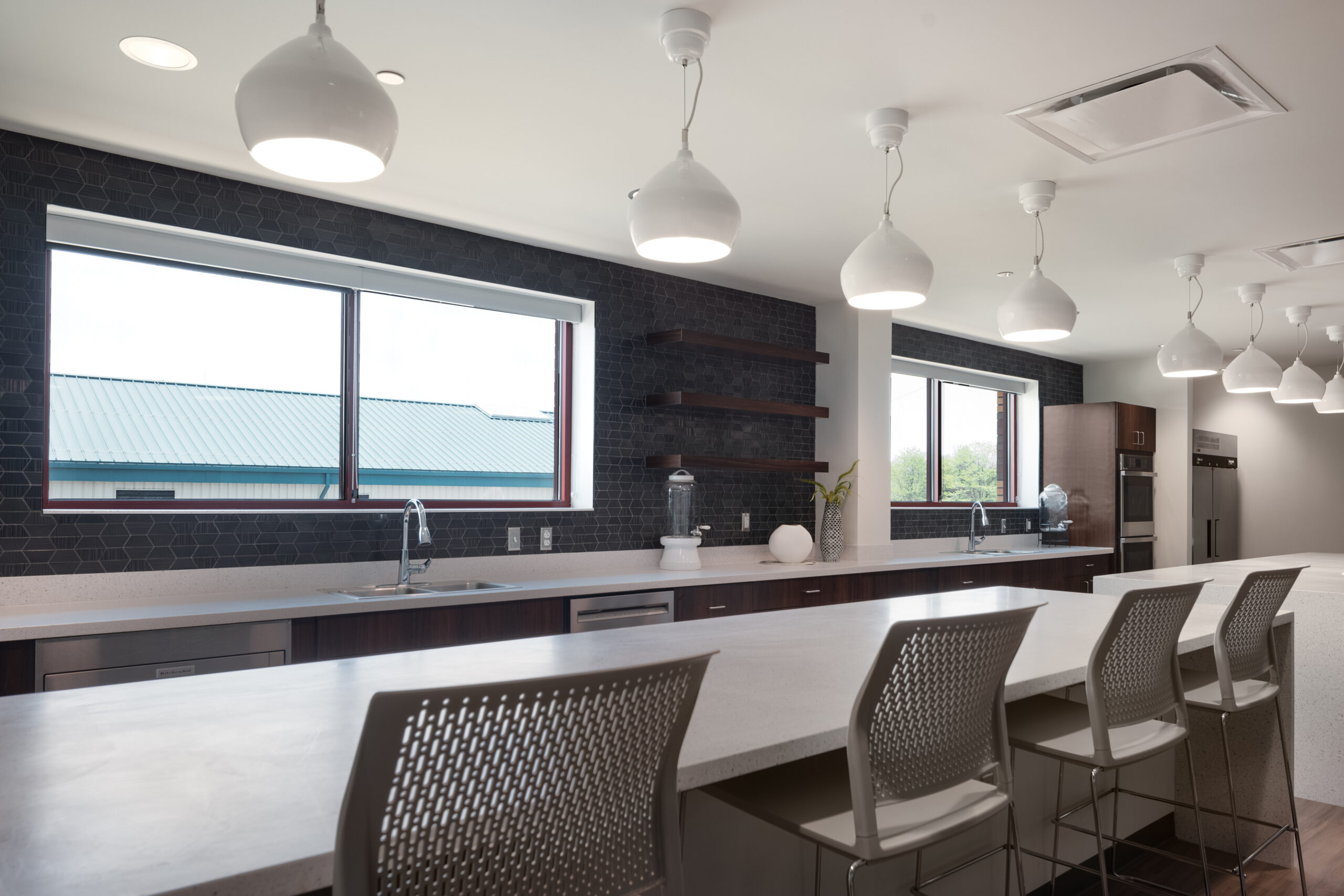Interior Design: More Than Meets The Eye

In the world of interior design, there’s a common misconception that Interior Designers and Interior Decorators are one in the same. Despite similarity in titles, these are two, distinct professions that require differing education, expertise, and focus. While interior decoration revolves around aesthetics and personal style, interior design delves deeper into the realm of technical knowledge, design principles, building codes, and public safety in the built environment.
According to The Council for Interior Design (CIDQ), Interior Designers may decorate, but Interior Decorators do not design. This differentiation underscores the significance of educational backgrounds and the expertise required for interior design. Commercial Interior Designers operate as the masterminds behind the very fabric of the public spaces we frequent. Their craftsmanship weaves into the fabric of our daily lives, dictating the ambiance and functionality of the spaces we inhabit. From offices to schools, and restaurants, their integral role involves meticulous planning of layouts, materials, and lighting to cater to multifaceted needs.
The process of interior design follows a meticulous and coordinated methodology that involves market and end-user research and analysis, and the integration of technical knowledge into the creative process. Interior Designers undergo formal education and training, and many states mandate licensure or registration in order to allow a professional to identify as an Interior Designer. The NCIDQ Certification often becomes a prerequisite to this designation.
This knowledge equips Interior Designers with the ability to collaborate effectively with architects, engineers, and contractors, while speaking a common language and embracing a holistic approach to building development. These credentials allow Interior Designers to highlight their technical knowledge in the arenas of materials, lighting, furnishings, and equipment and more, as much as their inherent sense of aesthetic.
Interior Designers are equipped to engage in space planning, detailing, and the specification- writing aspect of design projects. Executing on these elements of the design process enhances the final product, because the vision is rooted in a deep understanding of the construction process.
The Design Process at Triad Architects
At Triad, our commitment to effective design is evident through our prioritized investment in our ever-growing Interior Design Department. Triad recognizes the immense value that the Interiors Team brings to projects, and we are invited to bring our comprehensive understanding of the entire architectural design process to actively contribute to decision-making. As Interior Designers, we are empowered to fully leverage our strengths and are recognized as indispensable members of this company who bring expertise and creativity to every project.
Our vast experience and direct partnership with our project Architects equip us to handle even the most complex and large-scale projects with confidence. Our Interiors Team is not confined to the office; we are regularly on-site, actively engaged in construction administration. This hands-on involvement ensures that every detail is brought to life in accordance with our vision.
We strongly advocate for the recognition of Interior Designers’ true abilities and strive to create opportunities and spaces where we can be granted the autonomy, partnership, and respect that we deserve within the field of architecture. Guided by this philosophy, we go beyond creating spaces that are merely functional or aesthetically pleasing, and instead create places that also reflect the essence of the communities they serve, with meaningful attention to every detail.
WRITTEN BY MORGAN MITCHELL, LAUREN VOIERS, AND JEFFREY GREENE



